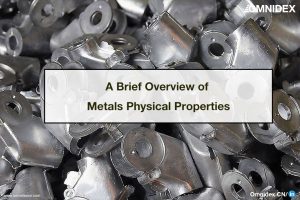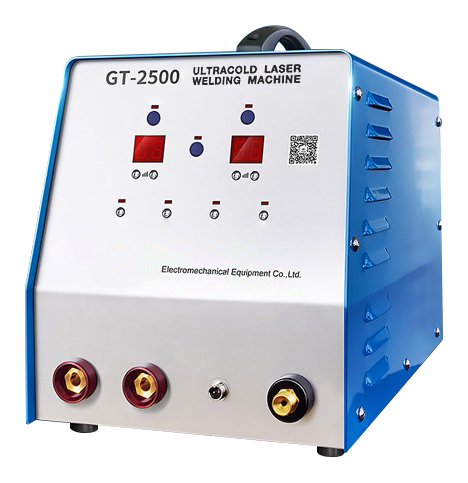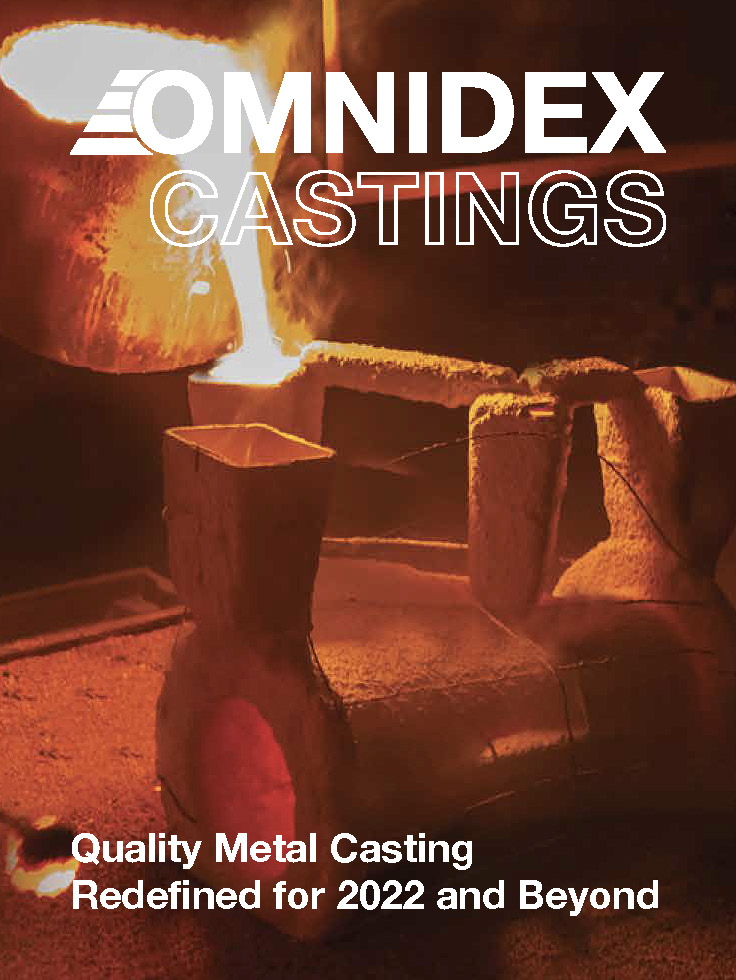

Welding, as implied by the name, usually involves the joining of two metal parts through fusion and heating; however, cold welding involves the joining of two metal parts at room temperature through the use of pressure. The processing of ductile metals such as aluminum, copper, lead, etc., by cold welding is becoming increasingly common
We will be discussing cold welding in aluminum and other metals, TIG and cold welding, as well as related topics.
In any workshop, most of us have seen welding in action. In order to weld two metal parts, we heat them to their melting temperature in order to allow them to fuse together. Different types of welding, such as arc welding and TIG welding, require heat energy. A welding process uses heat to soften two metals to the point of diffusion or to blend them with a third metal (filler).
On a regular basis, we may have brought flat pieces of the same material (say aluminum) into contact or rubbed them together and nothing happened. It is possible that the metal aluminum parts will stick together if they are thoroughly cleaned and brought together under vacuum. This phenomenon is known as cold welding.
Oxygen triggers the formation of an oxide layer on metal surfaces when two flat pieces of the same metal (such as aluminum) are exposed to the air. Even if pressure is applied directly to the oxide layer, the pieces won’t weld, regardless of whether grease or oil are present on the surface.
In contrast, by cleaning the surfaces (to remove the oxide layer) and bringing the two pieces into contact under vacuum (without oxygen), the pieces are cold-welded since the atoms in both the aluminum parts cannot distinguish themselves and jump into each other, resulting in a physical bond.

If sufficient pressure is applied to both parts to make the surface contact 100 percent, the bond will be as strong as the parent metal. When applying pressure, a vacuum is not necessary to achieve a weld. In order to make sure that both metal parts are fully in contact, the appropriate pressure must be applied to each.
Cold welding requires clean surfaces and ductile metals. The surface of the metal should be flat and clean. A wide range of nonferrous metals, such as aluminum, copper, lead, and gold, can be cold welded.
Trimming ensures that the end is clean and flat. Pressure is normally applied on both ends. It is possible, but not mandatory, to clean body surfaces prior to fusion of butt joints due to the removal of the oxide layer.
If you have read the above paragraphs, you may wonder why it is not extremely popular and utilised in everyday industries. Although cold welding appears to have many advantages, there are limitations to its use.
Due to the above limitations, cold welding is limited in its applications and isn’t feasible to use where there is a requirement to weld different combinations of metals.
In cold pressure welding, aluminum or copper wires/rods of up to 12 mm diameter are joined by a butt joint, typically 0.5-0.5 mm in diameter. Cold welding can also be performed on wire metals combined with copper, such as aluminum. Due to the possibility of explosive gasses present during the underwater laying of wire lines, this method is extremely useful.
Cold pressure welding is an usefull method for sealing thermosensitive containers (containers containing explosives for detonation),.
Cold pressure welding is used in the electronic industry to manufacture semiconductor devices that are sensitive to heat.
If you are looking for a cold laser welding solution for any application or business, send us your quote request HERE.
In addition to being classified according to the temperature of the workpiece, rolling can also be classified into hot and cold rolling. A metal that is above its recrystallization temperature is said to be hot rolled, while one that is below it is said to be cold rolled.
With numerous metal fabrication services, including laser cutting, plasma cutting, cold laser welding, forging, metal bending, etc., in addition to our partners, OmnidexCN is able to support every component regardless of the development stage or mass production.
You can find out more about our diverse industrial manufacturing solutions by contacting us.
Contact our Customer Service and let us know how we can help to catapult your next project to success.

If you are looking for metal casting services, our brochure is a great way to discover what Omnidex has to offer. You can download HERE or EXPLORE HERE to learn more or .


If you are looking for metal casting services, our brochure is a great way to discover what Omnidex has to offer. You can download HERE to learn more.

Copyright © 2024 Omnidex. All rights reserved.